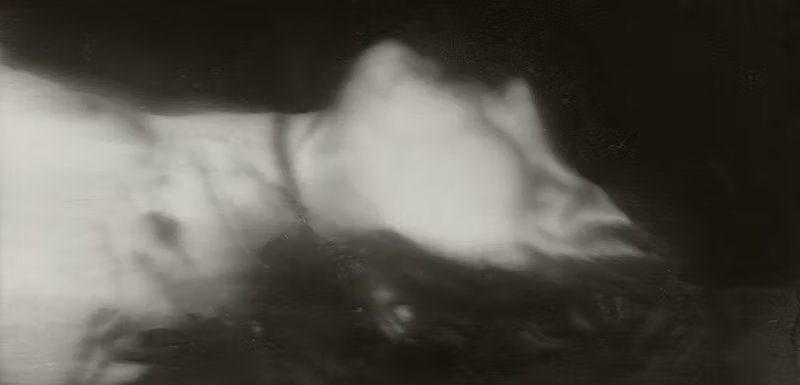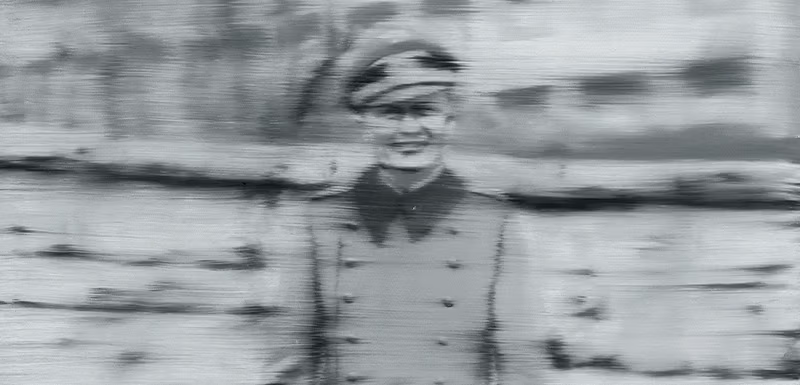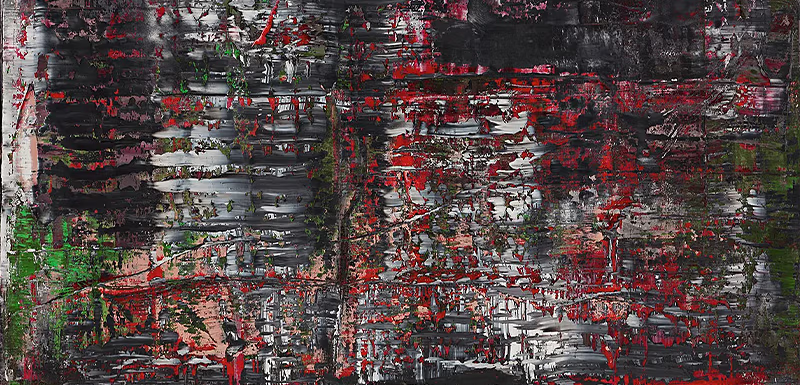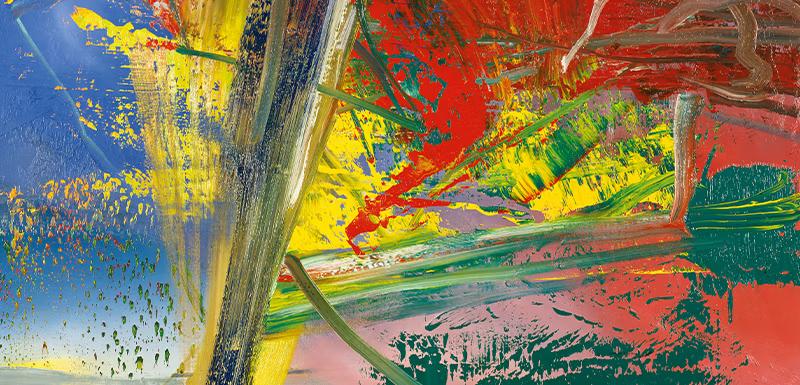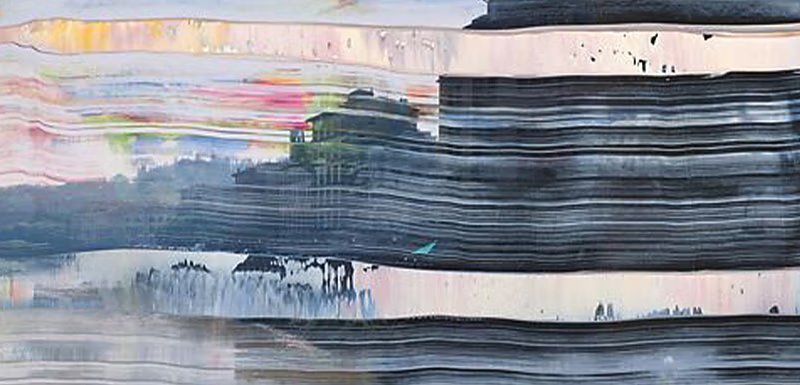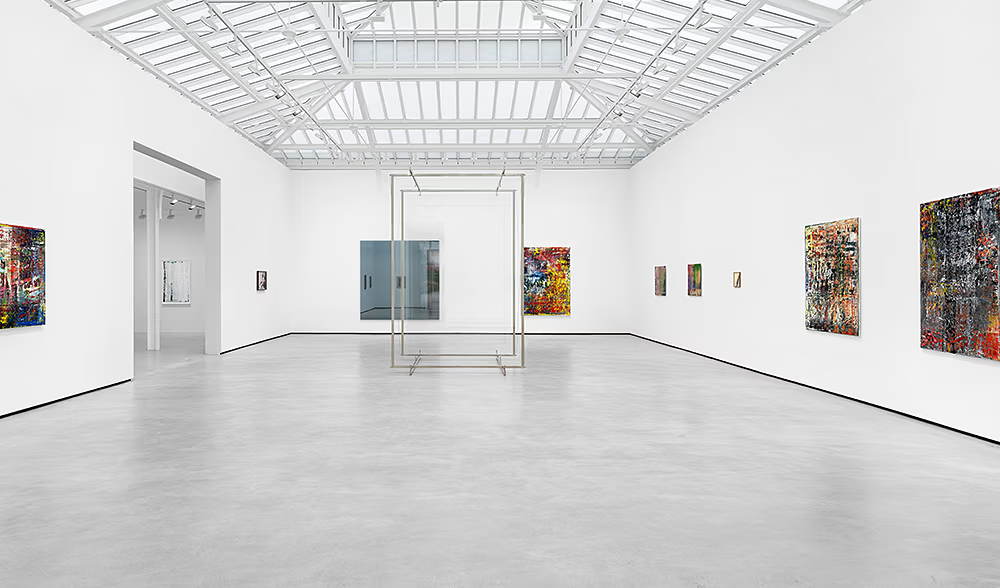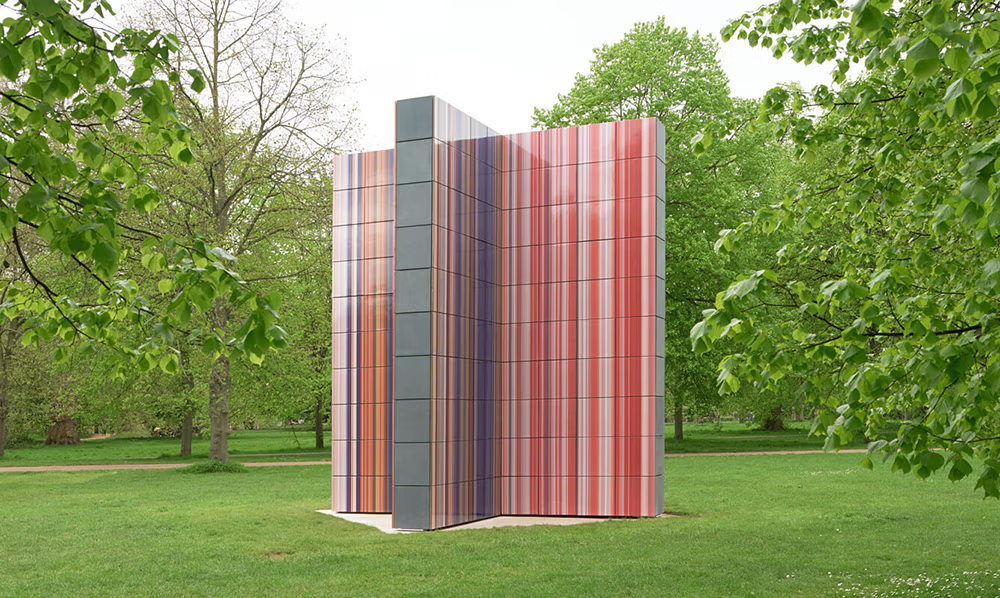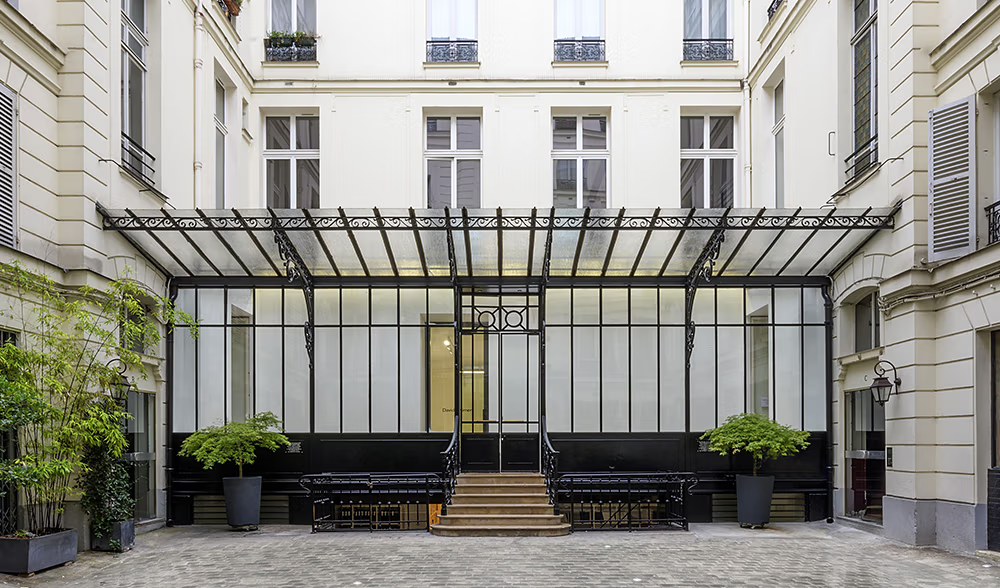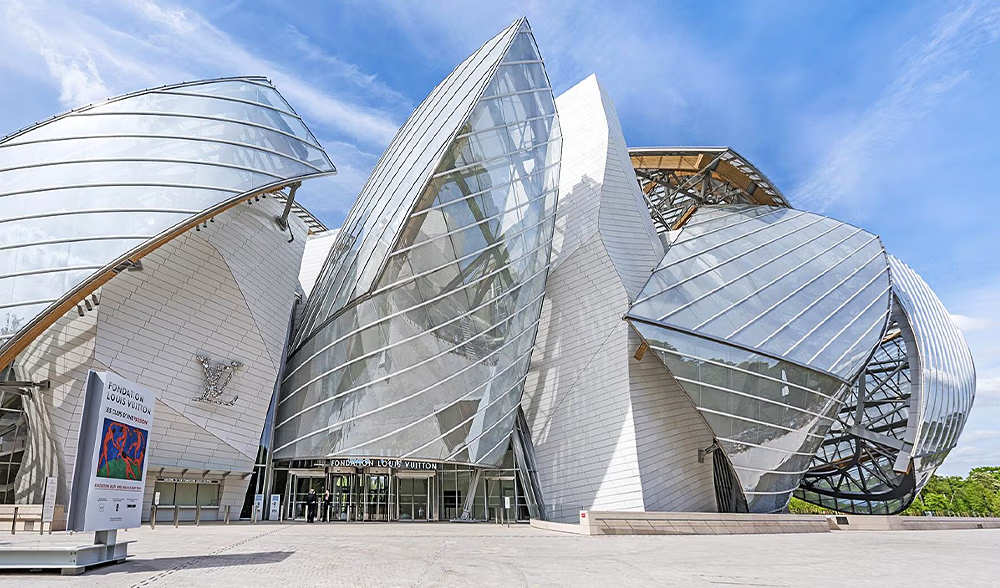gerhard richter
in pursuit of the pictorial
MÜMTAZ SAĞLAM
"
THIS CONSTRUCT FIELD, WHICH HIDES OR DESTROYS THE OBJECTIVE OR VISIBLE, UNDOUBTEDLY DIVERSIFIES WITH STRONG COLOR EMPHASES UPON THE POSSIBILITIES THAT GERHARD RICHTER'S DISTANCED GAZE INVESTIGATES WITH ABSTRACT COMPLEX EMPTINESS. IT IS THE PRODUCT OF PURELY ABSTRACT COMPREHENSION AND SENSATION BUILT UPON THE UNCANNY POSITIONS AND TENSE RELATIONSHIPS OF MATERIAL ELEMENTS. IT IS IMPORTANT THAT THIS PLASTIC, WHICH ASPIRES TO THE PICTORIAL AS AN ENERGETIC FIELD REFLECTING THE INTENSITY OF MEMORY AND THOUGHT TRACES, MULTIPLIES BY IMMEDIATELY TRANSFORMING INTO A SUBJECTLESS ABSTRACT FLOW. THE PROCESS OF REACHING PURE PAINTING, AN ABSTRACT CONCEPTUAL SPACE ON THE SCRATCHED SURFACE, IS ACTUALLY ACCOMPANYING THE EXISTING AND CONTINUOUS INDETERMINACY.

Gerhard Richter working on one of his Cage paintings, Cologne, Germany, 2006. Artwork © Gerhard Richter 2020 (05102020). Photo: © Hubert Becker [https://gagosian.com/quarterly/2021/02/22/interview-gerhard-richter/]
With the 1980s, approaches that handle the ready-made image potential with different methods independently from the Photorealist perspective and develop it as a new production field multiply strikingly. The process beginning with Warhol and Rauschenberg gains momentum with artists like Richter, Polke, and Sherman. Numerous works are produced that are loaded with function and meaning through personal and social memory and representation discussions. In this context, the tense relationship sensed especially between Gerhard Richter and photographic visuality results in the meeting of disturbing images with pictorial effect through blurring. With his paintings where photography is manipulated as a painted image event, the artist essentially usurps photography’s recording function, attempting to keep historical consciousness alive and concretize it by transforming it into painting. (1)
Gerhard Richter actually builds his art approach upon a production understanding that metamorphoses through perceptual differences and is shaped by border violations. The artist, who avoids production conforming to traditional aesthetic norms, finds himself in an environment that investigates the experimental through the interventionist attitude he undertakes, where connections appear disconnected. This will to change, sensed from the beginning, diverges and distances itself from realist narratives through a conflictual language with modern art. This situation—the destruction and reconstruction of the photographic image that constitutes its source—occurs in a trajectory that is distanced, personalized, cleansed of emotional burdens. Thus, the artist, who draws the visuality he reaches into a new historical context, clearly abandons painting’s narrative quality, its emotional depth possibilities. He attempts to blur disturbing personal historical data, the effects of mass and universal drama through this fiction. The abstract image made more disturbing now belongs excessively to him and/yet is not entirely related to him. As will be clearly seen, Richter, with intellectual intervention, is both establishing his own painting understanding and being dragged to the threshold of a new language and representation experience in an ontological context. The arrangement of a blurred painting surface is ultimately a different practice occurring away from modern art’s abstraction experiences. And it is undoubtedly a new phase of deformation and expressionist tendencies shaped with a conceptual opening.
NOTES
1 See. David Hopkins, Modern Sanatın Sonrası 1945-2017, Hayalperest Yayınları, 2018 İstanbul, sf.106.
2 See. Hans Ulrich-Obrist, … durmadurmadurmadurma…, Çeviren: Sabri Gürses, Dirimart / RES Yayınları, İstanbul, 2013. sf. 2-4-6.
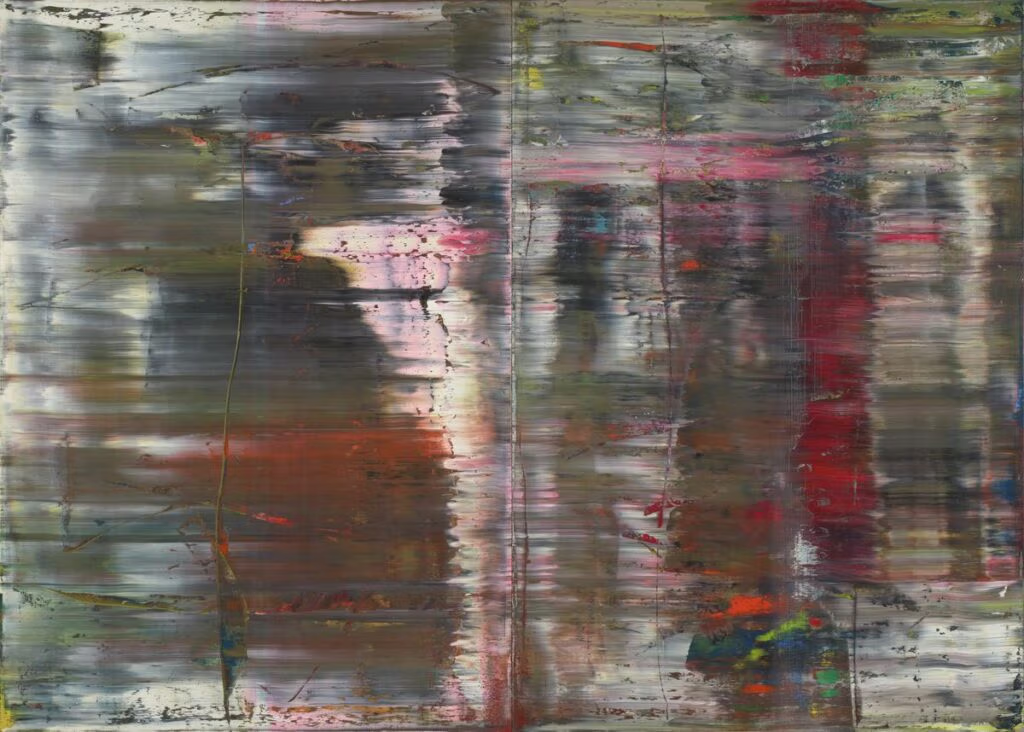
Gerhard Richter, Abstract Painting (726), 1990, Oil on Canvas, 2510x3510x38 mm, Tate Collection. [https://www.tate.org.uk/art/artworks/richter-abstract-painting-726-t06600]
beyond the practice of scraping and erasing
The issue of image, language, and representation is the fundamental discussion topic that has engaged Gerhard Richter from the beginning, among his type and technique preferences. Because Richter has had to confront, in an intermediate space between depiction and abstraction, with the attractive visuality of the sensual and a phase where image connections are erased and destroyed. In other words, he is dealing with a production practice that leans on the powerful side of the pictorial, with a ruin field into which the image is buried. Through erasure, scraping, and/or covering, he has turned this field into an immediate, transitive, and abstract expressive event. In a process extending from the 1970s to the 2010s, he has applied this abstract understanding, also dependent on bodily performance, to large-scale canvas surfaces, achieving a visual quality reached with dragged and scratched paint traces in gradual development.
This action-form event, drawn from a process that foresees the destruction of the visible with a radical move to pure abstraction and the conceptual plane, whose subject is painting itself, moreover questioning painting’s material development potential, should be seen as the product of a qualified aesthetic comprehension. Or it would be appropriate to evaluate this painterly expressive phenomenon as a state of distancing from external world connections, a complex and conflictual counter-stance, in an interval of magnificent action-performance. The stained and transitional visuality that Richter obtains by dynamizing this abstraction especially with the continuity effect consisting of strong color tones is now an independent abstract mechanism directly based on color intensity, formed by indeterminate and directionless scratching and scraping movements. It is an in-depth layering based on exploring bottom and inter-surface possibilities, a process of reaching the final visual space from interface situations. At the point reached, it possesses the effect and privilege to achieve a monumental appearance.
intertemporal traces creating a wall effect
Moreover, this abstraction and expressive prediction is different enough to distinguish Gerhard Richter from other artists. Despite everything, it is not a typical designed construct field, the result or product of explosion-implosion, scattering, or splattering actions. This is an abstraction that aims to reach the texture-trace intervals left on a surface that the artist scratches-scrapes with a rational gaze from color and paint applications derived from the image source by hand. Therefore, this is a production that is instantaneous, dynamic, variable, unrepeatable, and unique. It carries a palimpsest quality consisting of traces regarding the intersection of visibility that Richter expects to encounter. It is intellectual and reflects intertemporal traces by creating a wall effect within a controversial reactivity.
This construct field, which hides or destroys the objective or visible, undoubtedly diversifies with strong color emphases upon the possibilities that Gerhard Richter’s distanced gaze investigates with abstract complex emptiness. It is especially the product of purely abstract comprehension and sensation built upon the uncanny positions and tense relationships of material elements. It is important that this plastic, which aspires to the pictorial as an energetic field reflecting the intensity of memory and thought traces, multiplies by immediately transforming into a subjectless abstract flow. The process of reaching pure painting, an abstract conceptual space on the scratched surface, is actually accompanying the existing and continuous indeterminacy.(2) Therefore, it is possible to characterize Gerhard Richter’s experience of finding what is positioned on the surface as, so to speak, a privilege and vision of gaze that reaches the pictorial through extraordinary methods.
Mümtaz Sağlam Copyright © November 2025, All Rights Reserved
TAGS

prof. mümtaz sağlam Art writer and curator. He has numerous publications on current issues, theoretical debates and prominent artist attitudes in the field of plastic arts. He lives and works in Izmir and London.
ON THE GERHARD RICHTER’S ART
PARIS EXHIBITIONS / 2025 – 2026
fondatıon louıs vuıtton / parıs
Gerhard Richter, Retrospective, Curators: Dieter Schwarz and Nicholas Serota, October 17, 2025–March 2, 2026, Fondation Louis Vuitton, Paris, France,
DAVID ZWIRNER / PARIS
Gerhard Richter, Solo Exhibition, October 20, December 20 2025, David Zwirner, 108, rue Vieille du Temple, 73003 Paris, France.
EXHIBITION CATALOGUE
Gerhard Richter, Contributors: Dieter Schwarz, Designer: Silke Fahnert and Uwe Koch, Publisher: David Zwirner Books, Printer: Triofolio-Verona, 192 pages, English, New York 2023.
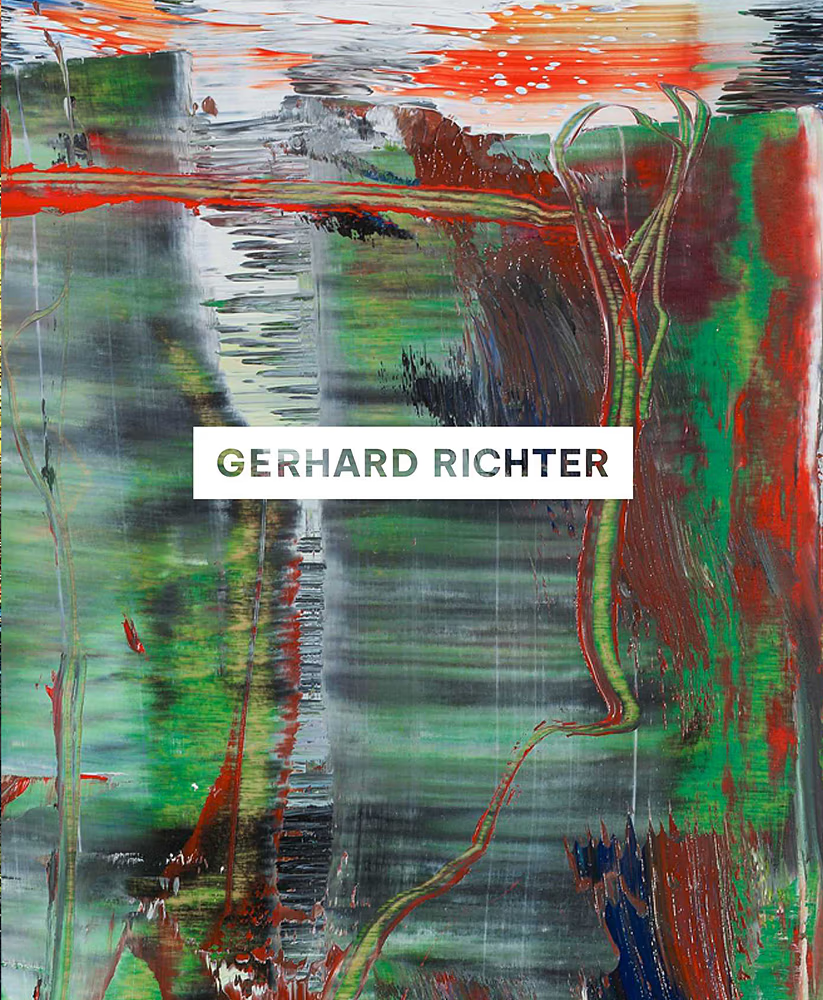
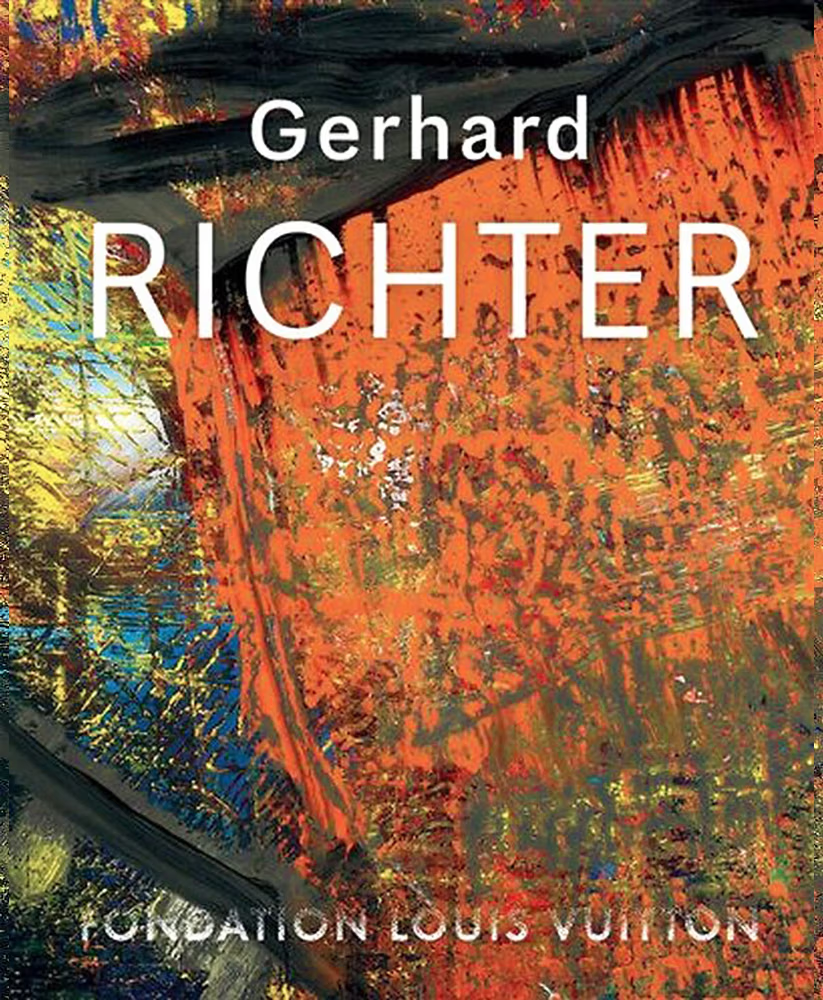
EXHIBITION CATALOGUE
Gerhard Richter, Authors: Nicholas Serota and Dieter Schwarz, Contributors: Michael Lüthy, Georges Didi-Huberman, Guy Tosatto, Dietmar Elger, Publisher: Fondation Louis Vuitton, Citadelles&Mazened, English, 416 pages, Papperback with flab, October 2025, Paris.
PAINTING SERIES AND PROJECTS
DRAWINGS

Richter stopped painting on canvas in 2017. After this date, he focused on drawing. These works, drawn and painted on A4 paper, consist of independent experiments produced with coloured ink and pencil. They resemble diaries kept in drawings. They directly reflect the artist’s intellectual and emotional intensity in a fluid manner. In addition to rulers, compasses and other tools, he uses erasers and scrapers, just as he does in his paintings. He also employs frottage techniques and solvent chemicals to create stains. This experimental approach, which increasingly evokes the visuality of maps, filled with vibrating contours, erasures and stains, reflects a strange spontaneity in exploring the visual possibilities of drawing as a medium. It seems to be stuck in the flow between perception and reflection, chasing imagination, continuing to find things that are not there or missing what is right in front of us.
STRIP-TOWER
Strip-Tower (2023) is a project that expands on Richter’s sixty years of research in the fields of painting, photography, digital reproduction, and abstraction. The artist, who began developing the Strip Paintings series in 2010, transformed his photographed and scanned work Abstract Painting 724-4 into horizontal and vertical strips by dividing it into two strips in a digital environment, then four, eight, sixteen, and thirty-two strips. The vertical strips of the painting were stretched horizontally, laminated onto aluminium, and covered with plexiglass. The colourful striped ceramic tiles that form Strip-Tower are a dense composition covering intersecting vertical panels. This work is essentially based on Richter’s ongoing interest in reflections, systems, and repetitions. It has become a symbolic monument to the artist’s approach of self-examination through painting, photography, digital reproduction, and abstraction, which has occupied his practice for over sixty years. [https://www.serpentinegalleries.org/whats-on/gerhard-richter-strip-tower/]
CAGE PAINTINGS
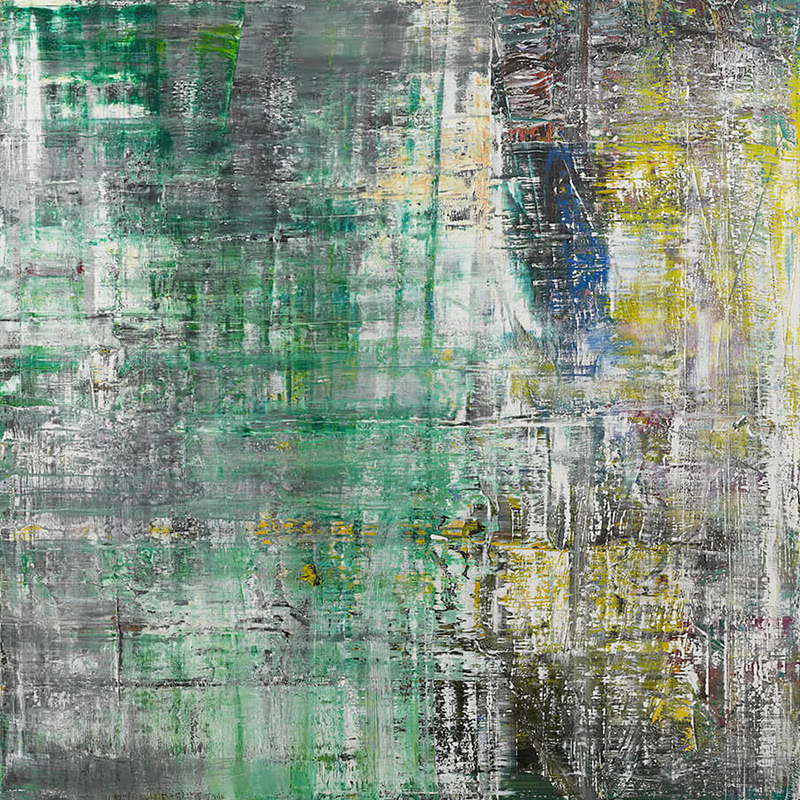
19 April – 26 June 2021, Gagosian Gallery, New York, USA
A series of paintings designed by Gerhard Richter in 2006 is named after the American experimental composer John Cage. The Cage paintings are the result of gradual and layered painting and erasure processes. Their surfaces consist of erased and scratched marks, brushstrokes, and painted areas that can appear delicate and fluid as well as coarse and rigid. Interested in John Cage’s ideas about ambient sound and silence, Richter took a radical approach in this series, refusing to use his hands and instead employing his famous eraser. Richter also created a six-part series of prints in 2020 that continues the influence of this series. Both in their painted and printed forms, the Cage paintings are an important series that brings together a painterly process that questions the emotional impact of colours and transforms into improvisation through dynamic body movements.
ATLAS
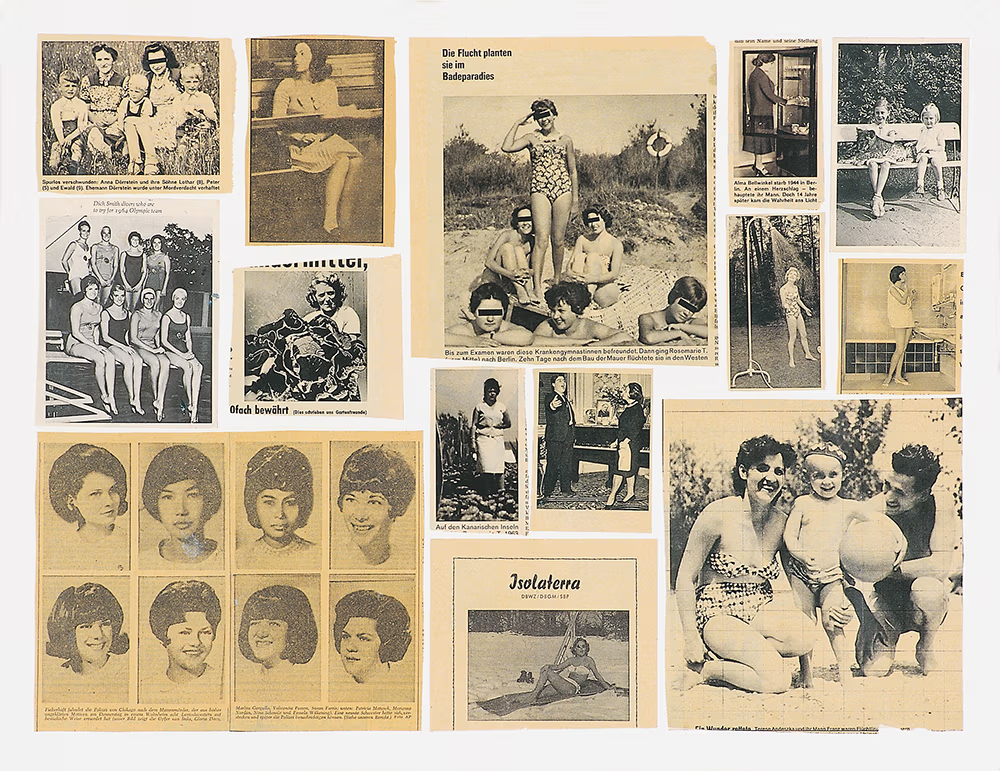
STRIP PAINTINGS

Richter’s Strip paintings are an original and conceptual series that emerged in the later stages of his career. They are quite different from his abstract works. They consist of his abstract paintings being transformed into thin coloured strips based on digital photographs of them. The Strip series is a process of further abstracting an already abstract painting. Here, Richter focuses on the transformation of the image and the issue of data loss or gain. This new painting practice, which means the complete disappearance of the artist’s hand, produces visually stimulating structures consisting of coloured vertical or horizontal lines. On the other hand, this series of paintings, which began in 2011, is considered one of the most radical expressions of Richter’s thoughts on the process of making art. It involves a deep questioning of fundamental issues such as what a painting is, the role of the artist, and image production in the digital age.
4900 COLOURS

4900 Colours consists of bright monochrome squares randomly arranged in a grid pattern to create dazzling kaleidoscopic layers of colour. The 196-square panel, comprising 25 coloured squares, is designed to be configured in various variations, from a single large-scale piece to numerous smaller images. Richter developed a special version consisting of 49 paintings for the Serpentine Gallery in 2008. 4900 Colours was partly inspired by Richter’s design for the south transept window of Cologne Cathedral, which replaced stained glass windows destroyed during the Second World War. The 4900 Colours concept played an important role in its development. The development of 4900 Colours was also influenced by Richter’s first series in 1966, grid paintings created by copying industrial colour charts produced by paint manufacturers on a large scale. As in his photographic paintings, his use of found material as a source eliminated the artist’s subjective compositional preferences; however, the Colour Chart Paintings took this a step further by eliminating the hierarchy between subject and representational purpose and focusing on colour to create an egalitarian artistic language.
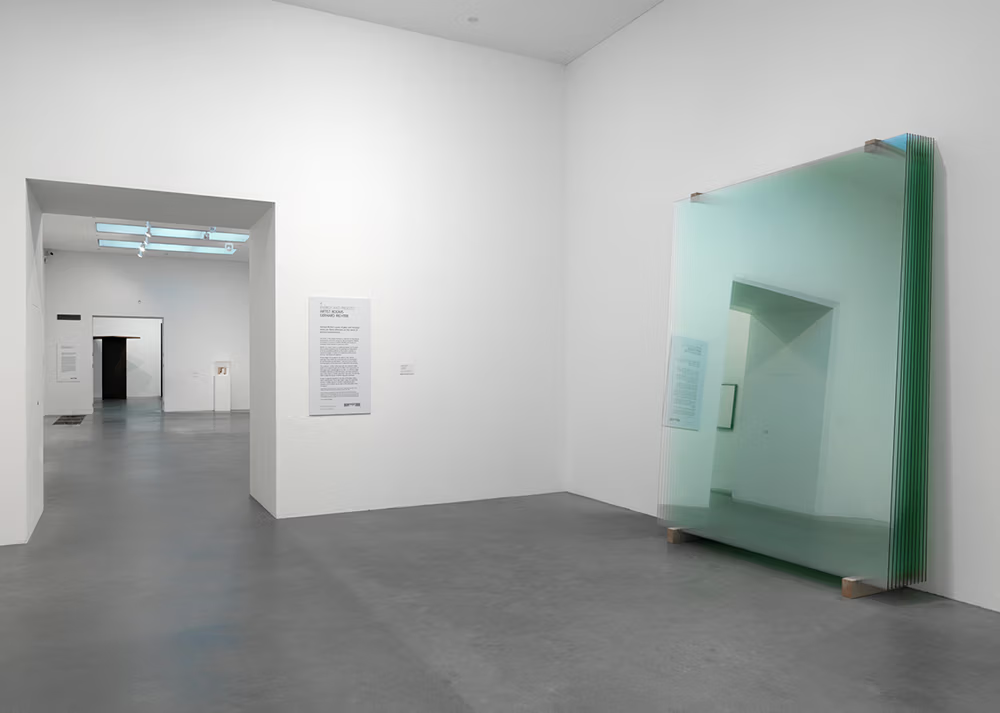
GLASS AND MIRROR PANELS
Gerhard Richter has produced glass and mirrored works that contain genuine reflections on the nature of pictorial representation. The artist seeks to explore the possibilities of these materials in order to reproduce visual reality or to continue experimenting with colours, textures, techniques and gestures. He produced his first glass works in 1967, thereby opening up a new field of work and thought related to debates on representation and perception. For example, the sculpture 11 Panels (2004) utilises the material’s ability to be viewed from within as well as its reflective properties. The transparency of each glass panel, leaning against the wall at different angles, multiplies the reflections into distorted shapes, which constantly change as the viewer approaches and moves away from the work. The blurring effect is reminiscent of that seen in Richter’s figurative paintings.
Gerhard RIchter Catalogue RaIsonné / Volume 1-6
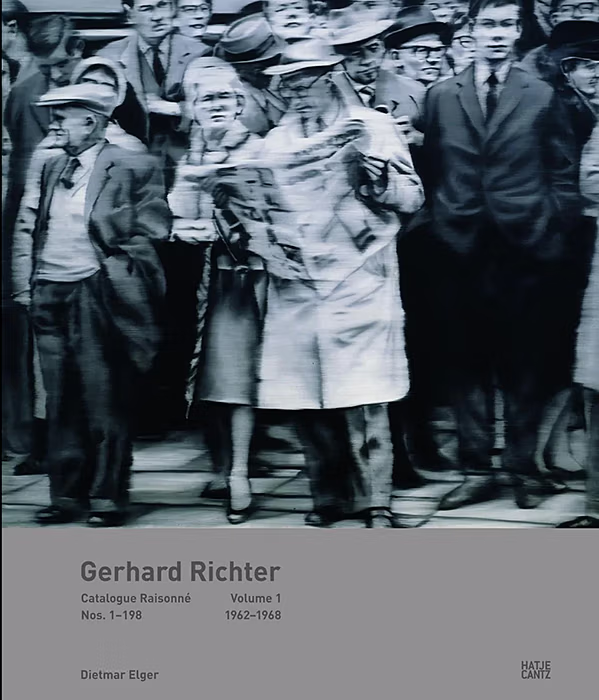
Dietmar Elger, Gerhard Richter Catalogue Raisonné, Volume 1, 1962-1968, Edited and Texts by: Dietmar Elger, Graphic Design: Gabriele Sabolewski, Neil Holt, German, English, Publishing by: Hatje Cantz, October 2011, 512 Pages, 539 Photos, Clothbound with dustjacket, 267 mm x 309 mm.
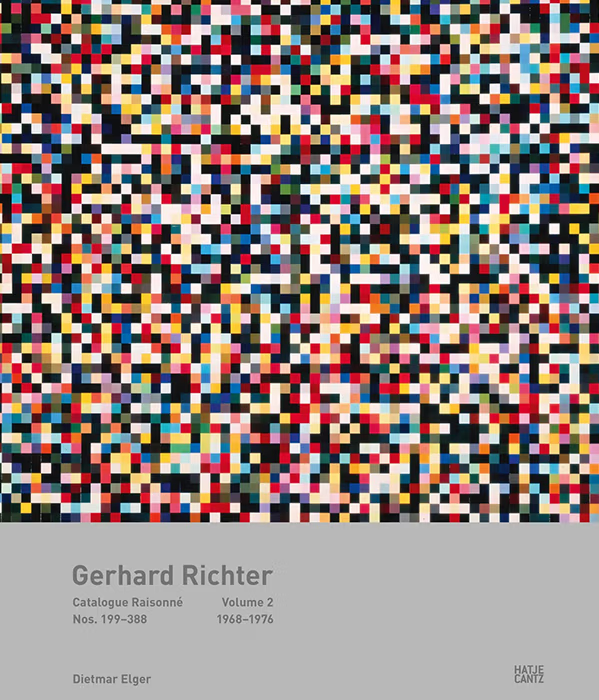
Dietmar Elger, Gerhard Richter Catalogue Raisonné, Volume 2, 1968-1976, Edited and Texts by: Dietmar Elger, Graphic Design: Gabriele Sabolewski, Neil Holt, German, English, Publishing by: Hatje Cantz, March 2022, 528 Pages, 700 Photos, Clothbound with dustjacket, 263 mm x 301 mm.
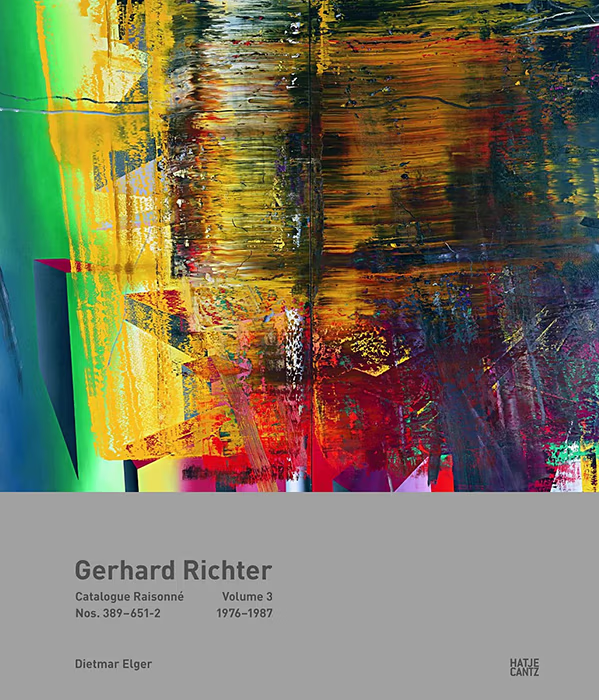
Dietmar Elger, Gerhard Richter Catalogue Raisonné, Volume 3, 1976 – 1987, Edited and Texts by: Dietmar Elger, Graphic Design: Gabriele Sabolewski, Neil Holt, German, English, Publisher: Hatje Cantz, June 2013, 640 Pages, 702 Photos, Clothbound with dustjacket, 266 mm x 303 mm.
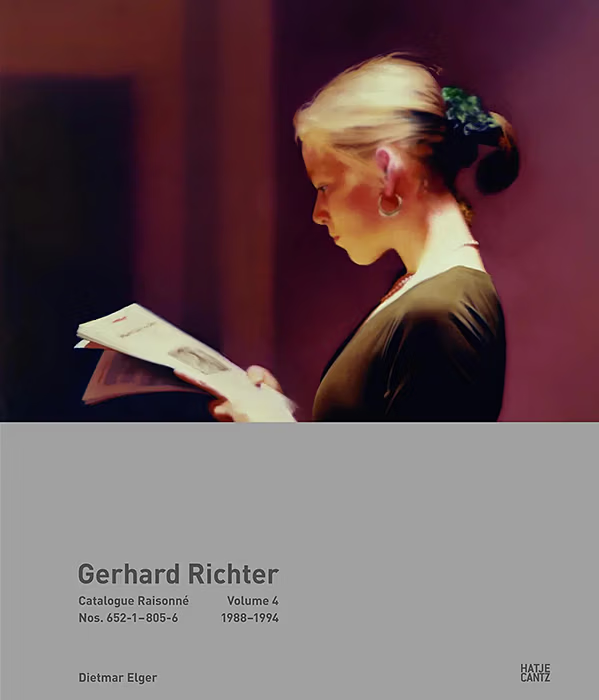
Dietmar Elger, Gerhard Richter Catalogue Raisonné, Volume 4, 1988-1994, Edited and Texts by: Dietmar Elger, Graphic Design: Gabriele Sabolewski, Neil Holt, German, English, Publishing by: Hatje Cantz, June 2015, 600 Pages, 645 Photos, Clothbound with dustjacket, 257 mm x 301 mm.
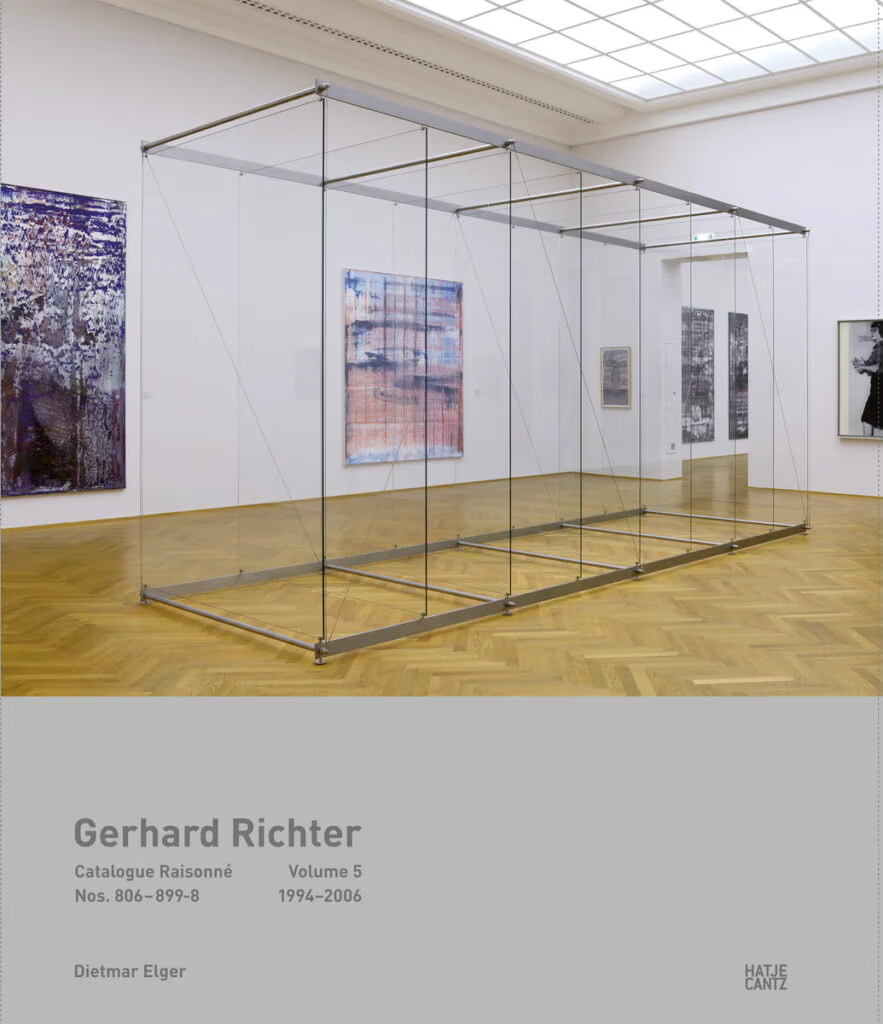
Dietmar Elger, Gerhard Richter Catalogue Raisonné, Volume 5, 1994-2006, Edited and Texts by: Dietmar Elger, Graphic Design: Gabriele Sabolewski, Neil Holt, German, English, Publishing by: Hatje Cantz, April 2020, 600 Pages, 700 Photos, Clothbound with dustjacket, 266 mm x 308 mm.
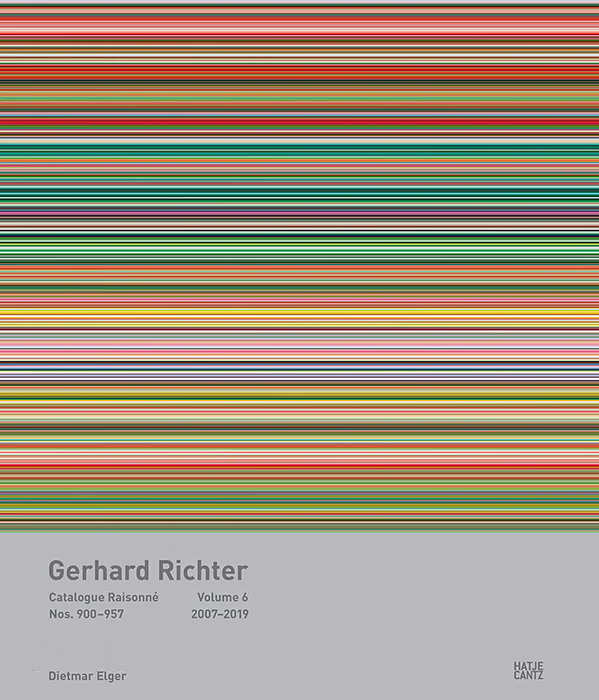
Dietmar Elger, Gerhard Richter Catalogue Raisonné, Volume 6, 2007-2019, Edited and Texts by: Dietmar Elger, Graphic Design: Gabriele Sabolewski, Neil Holt, German, English, Publishing by: Hatje Cantz, March 2022, 528 Pages, 700 Photos, Clothbound with dustjacket, 263 mm x 301 mm.
REPRESENTED BY
David Zwirner is a prominent art gallery renowned for hosting innovative, original and pioneering exhibitions. Having helped numerous artists develop their careers, David Zwirner opened his first gallery in New York’s SoHo district in 1993. In the early 2000s, it relocated from SoHo to Chelsea. In 2012, it opened its gallery in London’s Mayfair district, followed shortly thereafter by galleries in Hong Kong, Paris, and, two years ago, Los Angeles, which boasts extensive exhibition spaces and facilities. David Zwirner also contributes to the art world through an online gallery programme, a podcast called Dialogies, and content production under the name Utopia Edition. He also continues to publish catalogues and books under the name David Zwirner Books. In 2021, he established a comprehensive company called Platform where artworks can be purchased.
The Fondation Louis Vuitton, housed in a building designed by Frank Gehry and considered one of the most iconic works of 21st-century architecture, has been open since 24 October 2014 and is dedicated to showcasing creative and innovative projects. It prioritises major exhibitions that evaluate contemporary art developments from a historical perspective. In addition to productions such as ‘Keys to Passion’, ‘Icons of Modern Art, the Shchukin Collection’, “Courtauld Collection: A Vision for Impressionism‘, ’Icons of Modern Art, The Morozov Collection‘, as well as exhibitions dedicated to important artists such as ’Inventing a New World: Charlotte Perriand‘ and ’Simon Hantaï – Centenary Exhibition”. The foundation is currently hosting a retrospective of the renowned German artist Gerhart Richter.
GERHARD RICHTER
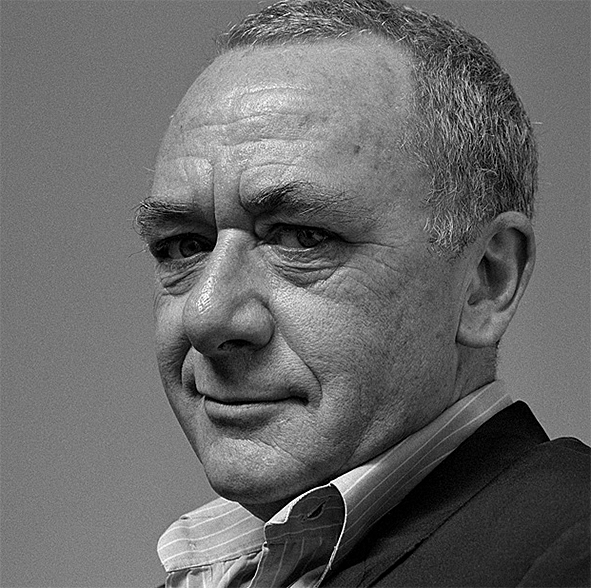
Gerhard Richter (b. 1932) was born in Dresden, Germany. He spent his childhood and youth in Waltersdorf. Between 1951 and 1956, he studied art at the Dresden Hochschule für Bildende Künste. In 1959, he visited Documenta II in Kassel, West Germany, and this experience inspired him to change his artistic direction. He left East Germany in 1961. He resumed his studies at the Staatliche Kunstakademie in Düsseldorf. In 1972, he was selected to represent Germany alone at the Venice Biennale. The artist, who has held solo exhibitions at many renowned galleries and museums, has produced a wide variety of works that appear extremely complex within a stylistic transition derived from the relationship between photography and painting. The artist, who takes a deep look at the issue of representation and the material reality of art, lives and works in Cologne. (Photo: Timothy Greenfield Sanders)
GUIDE / 2021-2025 PUBLISHED

İZMİR - LONDON
saglamart; dinamik bir anlayış ile hareket eden, kültür-sanat ortamındaki olay ve olgulara, sanatçı tavırlarına, yapıtlara ve yayınlara odaklanan bağımsız bir yayın etkinliğidir. Tüm hakları saklıdır. Görüntü ve yazılar izinsiz kullanılamaz. / saglamart is an independent publishing initiative driven by a dynamic vision, focusing on events and developments in the cultural-artistic landscape, artist perspectives, works, and publications. All rights reserved. Images and texts cannot be used without permission.


